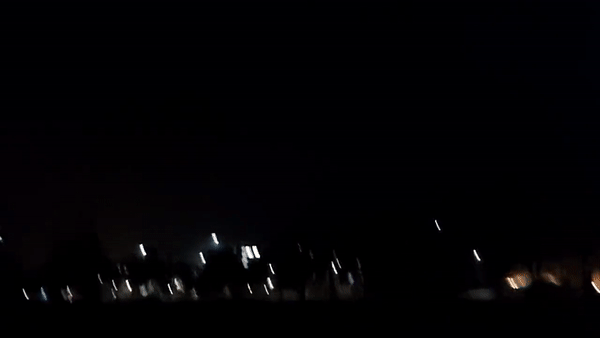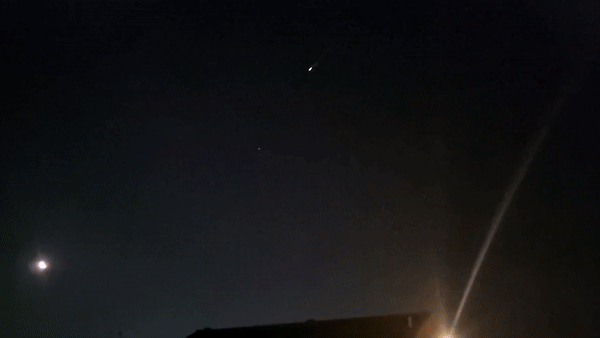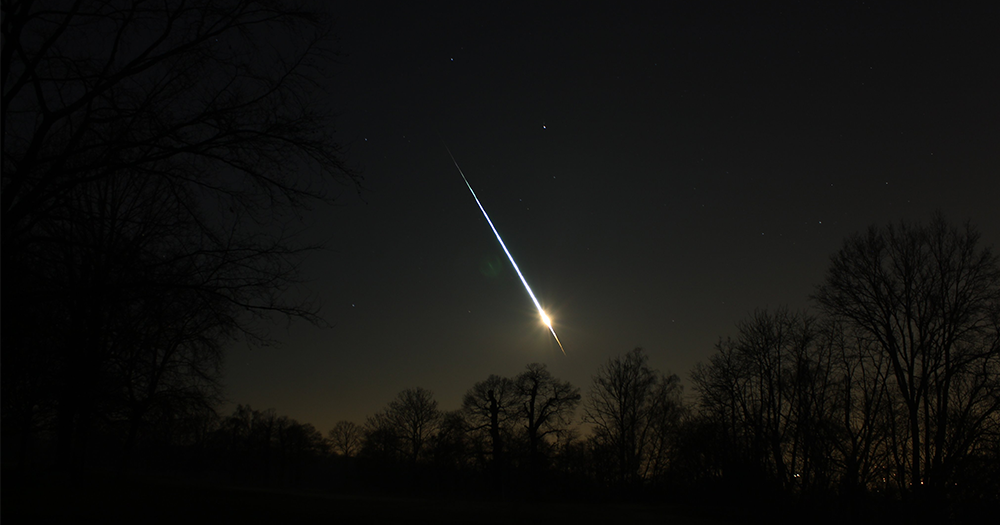Follow us on Telegram for the latest updates: https://t.me/mothershipsg
A 1-metre meteoroid struck Earth's atmosphere in the early hours of Feb. 13, exploding over northern France.
Such incidents happen several times a year, although they are rarely discovered in advance, said American physicist and professor Mark Boslough, according to Wales Online.
This is only the seventh time an asteroid impact has been discovered before it happens, said the European Space Agency in a Twitter post.
Details such as its size, entry point, and approximate time of impact were also predicted upon its discovery.
Taking into account its small size and movement, EarthSky considers it "amazing" that the meteoroid was discovered before it struck.
Shine bright like a diamond
The meteoroid hurtled across the night sky in a flash of light before exploding in a blindingly bright fireball.
 Video from KadeFlowers/Twitter
Video from KadeFlowers/Twitter
Dubbed Sar2667, the meteor phenomenon was visible from across most of Southern England and Wales and as far south as Paris, France, Wales Online reported.
Users on Twitter also noted that it first appeared emerald green, then turned a fiery orange.

 Video from Phil Edwards/Twitter
Video from Phil Edwards/Twitter
According to the International Meteor Organisation, Sar2667 may also have been the source of potential meteorite fall.
Space rocks
Meteoroids are bits of space debris often formed from the collision of asteroids. Upon entering the Earth's atmosphere and vaporising, they're called meteors or shooting stars.
While most meteors burn up entirely in the Earth's atmosphere, some may occasionally survive their passage and land on the Earth's surface in the form of meteorites.
The last recorded asteroid impact, 2022 WJ1, entered the air over Canada on Nov. 19, 2022.
Fragments of a meteorite fall were presumed to have landed around Lake Ontario.
Top image via aes_2fish/Twitter
If you like what you read, follow us on Facebook, Instagram, Twitter and Telegram to get the latest updates.
